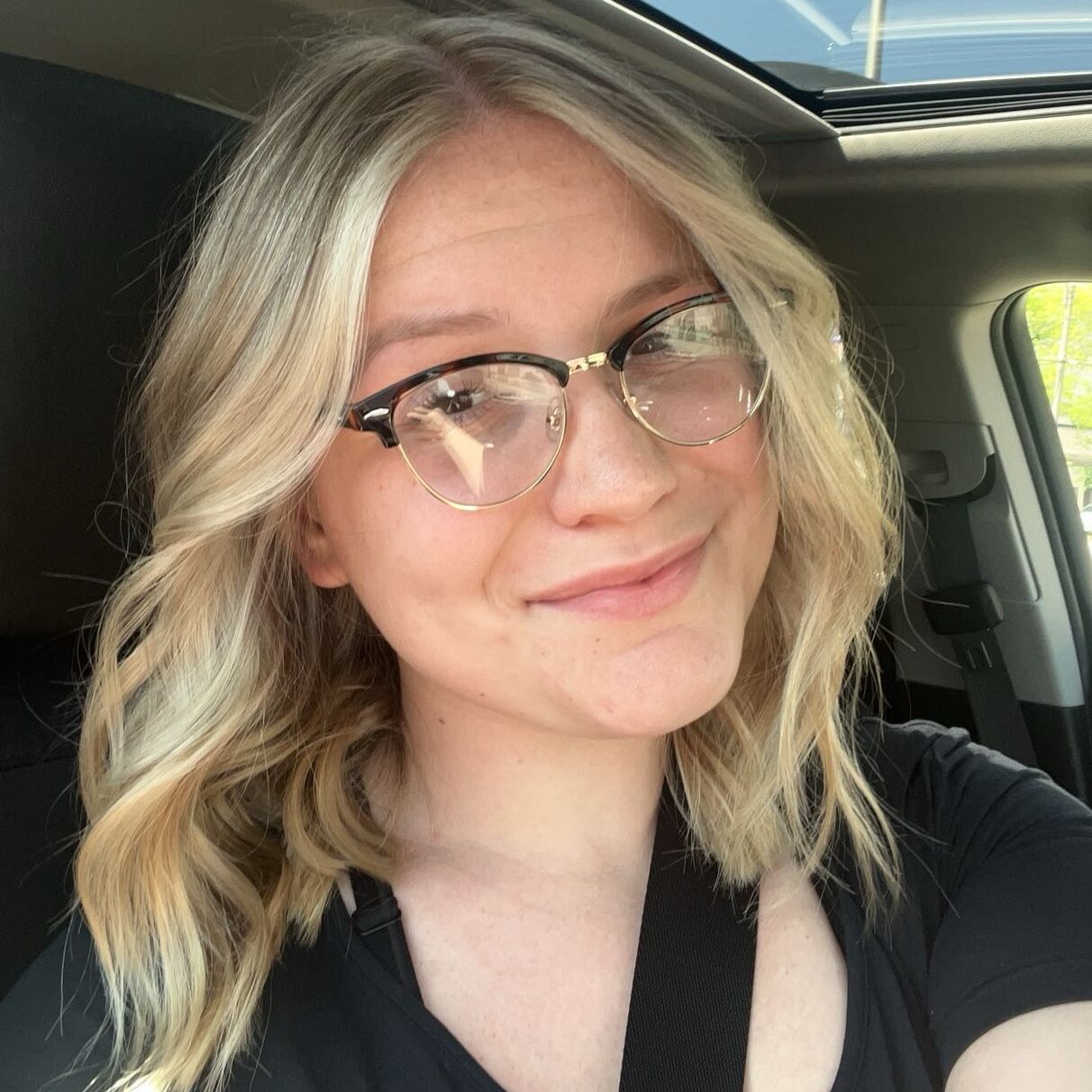Growing Together While Cultivating Excellence- Part Two
PLLC Research Scholar Jaclyn B. Stevens shares her takeaways for coaches and leadership fostering growth while learning and leading in the age of complexity.
Seed Selection
Helping our seeds thrive and grow is paramount, so we must cultivate and inspect the soil (environment) for our crops (projects) to flourish. Once our crop is planned and our environment prepared, it is time to select our seeds (or the people we put in place) to thrive and grow.
Oftentimes in educational environments the tendency is to make everyone stronger together; however, it is better to recognize and celebrate an individual’s strengths as well as target areas for growth that need to be nourished and bolstered in order to make us all stronger overall. If we continue to develop only strengths, we will have failed to fully support the individual and help them grow holistically (we must be careful that we do not create situations where we foster a skillset that is too narrow and thus silo our colleague(s) to be only suited to one task). Everyone needs the opportunity to maximize their growth and their value.
There are many ways to address and support the strengths and weaknesses of others, and knowing our shared values aligned to a shared WHY will really bring a lot of this to the forefront. But it is not likely that our crops will succeed with single seeds: our people collaborate and work together, so to support this, consider creating a team sociogram.
A sociogram is a tool for charting the relationships within a group. This visual representation highlights social links as preferences that each team member may have—and thus valuable data for any leader.
Constructing a sociogram requires each individual to list at least two other people they work with on a regular basis. The topic or the tasks do not matter, just that they confidentiality choose two people. In many cases, the social relationships highlighted will be constant regardless of the activity or task. Make sure they put their own name on the top of the paper. Then we write up this data as a chart. Arrows indicate who is choosing whom. The lines indicate people who chose each other. The goal is to look at both the working habits and skillsets these people bring to the project(s).
Here are three patterns to look for when breaking down a sociogram:
- Isolates – Some members of our team may be isolates—individuals no one has chosen or who have only been chosen by other isolates. As a leader we can take special care to meet with these team members and engage them.
- Cliques – Tight groups may or may not be a good thing. “Cliques” can exclude others. If it is noticeable that team members are always choosing each other, consider the strengths and weaknesses of this working group dynamic.
- Stars – Stars are people who have been chosen many times on the sociogram. These individuals may be generally well-liked and/or easy to work with. The consideration here is the reality that these individuals may be overcommitted and already working on and with a lot. In the example given above, can we find one of the Stars? Yep. It’s “YOU.”
Remember, this is simply a guide. If nothing else, the sociogram can be used for further, more focused observation. These are great for the classroom and students as well. Find a sociogram template here and dig deeper with Understanding Sociograms for Teams and the Classroom.
Nurturing the crop
This is the stage where we irrigate and fertilize. This refers to ensuring our crop has what it needs to grow and mature into the outcome we want to obtain. In farming terms, these two actions help us remember that we may need to replenish lost nutrients to ensure that this year’s plants have the food they need to flourish. From time to time, every project needs more support, resources, sunshine (motivation) and some fertilizer (celebrations, time off, rewards, etc.).
The best way to do this is to talk to our people. Find out what roadblocks they have, what they feel might be missing from their soil (environment) and if they could use more sunshine.
A model to support these types of conversations is the Knoster Model for Complex Change. Be it at an individual, group or societal level, using the Knoster Model can support identifying different needs in different contexts. If we have everything we need, we obtain success, but lack of any one of these inputs will lead to different consequences like confusion, anxiety, resistance, frustration and false starts.
Once the gap(s) are identified, action can take place. To facilitate this conversation and get started, consider this simple activity (forces a Google Slide deck) to not only get stakeholders thinking about their BIG goals but also what challenges they perceive to be in their way. Start with a goal, identify perceived “road blocks” and use the model to begin to consider action rather than frustration, etc. This video will walk through the process.
Stay Tuned for Part Three: Monitoring Growth and Harvesting Your Crop
 Jaclyn B. Stevens coaches and assists K-12 educators, ITFs, and administrators to adapt, not adopt, fostering initiatives to transform professional learning through changes in pedagogical shifts and meeting the needs of all learners to champion creativity and innovation. She is a research scholar at the Friday Institute, part of the College of Education at North Carolina State University.
Jaclyn B. Stevens coaches and assists K-12 educators, ITFs, and administrators to adapt, not adopt, fostering initiatives to transform professional learning through changes in pedagogical shifts and meeting the needs of all learners to champion creativity and innovation. She is a research scholar at the Friday Institute, part of the College of Education at North Carolina State University.
@jaclynbstevens | jlbell@ncsu.edu
- Categories:




